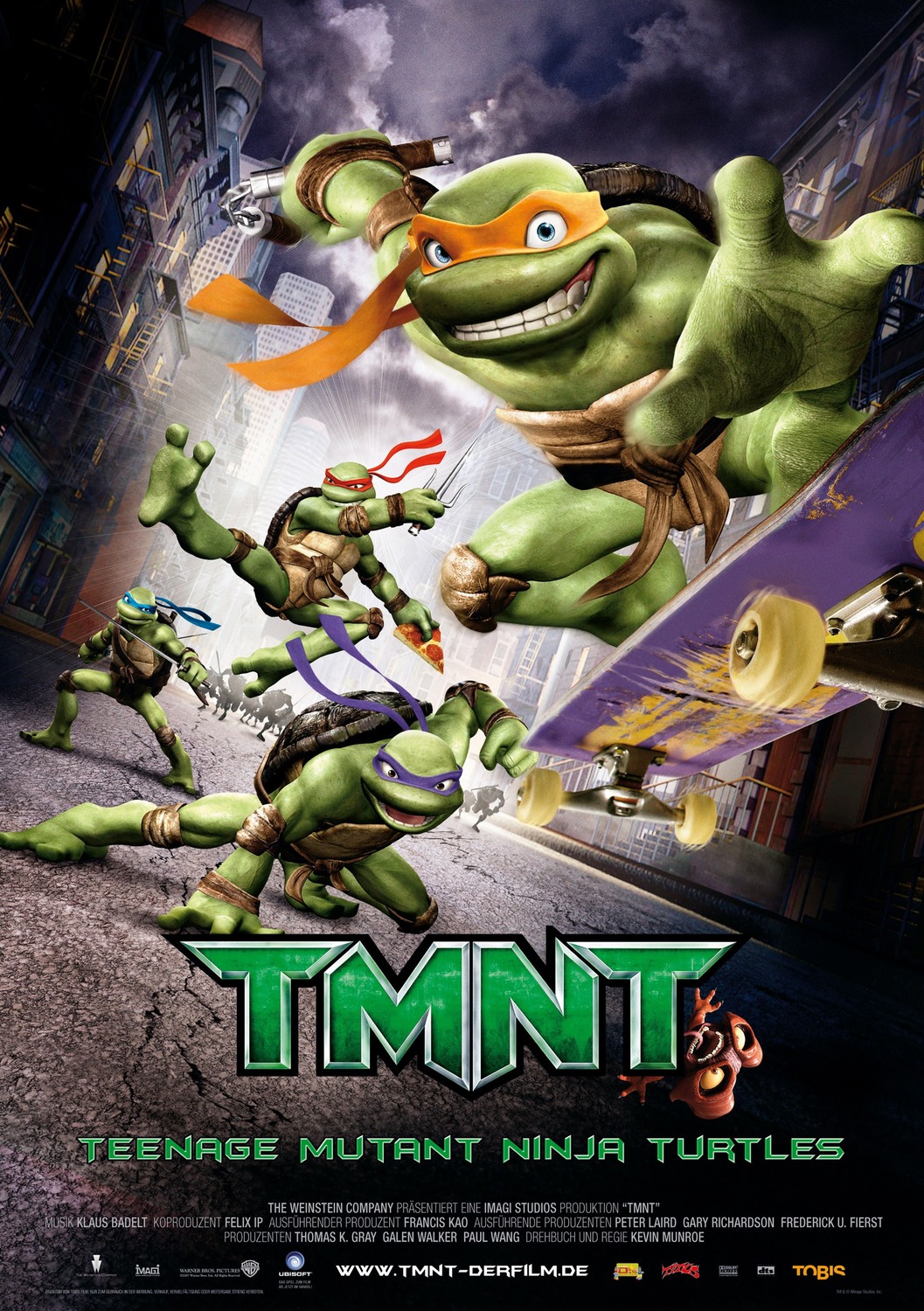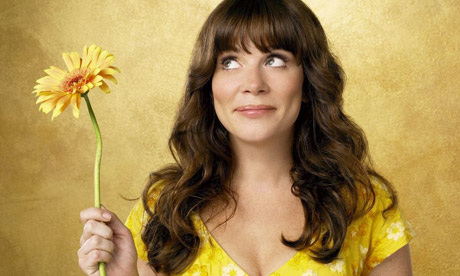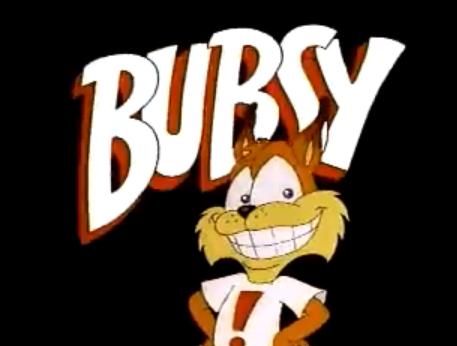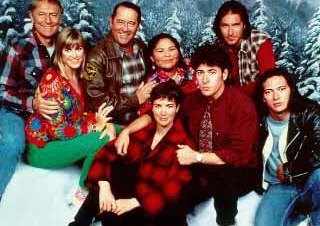WARNING!
AS STATED IN THE TITLE THERE WILL BE SPOILERS IN THIS REVIEW!!!!
AS STATED IN THE TITLE THERE WILL BE SPOILERS IN THIS REVIEW!!!!
YOU HAVE BEEN WARNED!!!
 |
| The Avengers: Age of Ultron (2015; Marvel Studios) |
Going into the Avengers: Age of Ultron I had high hopes. I think everyone did. I made a point to not check out information on the movie. I stayed away from online sources containing anything about the film and its cast and went in entirely objectively and unspoiled. I begin the movie wanting to know two things: How did they pull of the Ultron storyline and how badass was Scarlet Witch? I essentially satisfied in both respects. That does not, however, mean Age of Ultron is a perfect movie.
The problem with making a sequel to a movie as big as the Avengers is it will be very hard to top it. Initially, I was unsure about what they were going to do, but by the beginning of the third act, I was pretty certain I had guessed at exactly what was going to unfold by the film’s conclusion with around 60% accuracy. The movie steps things up by having the swarms of enemies that were certainly meant to be more menacing than the Chitauri, and is successful in that… kind of. Early in the movie, a struggle breaks out with a group of Stark’s automaton sentries that come off as would-be cannon fodder but there is a sense of menace with the team battling just a handful of Stark’s creations. However, by the end we see the Avengers decimating hundreds of them with little-to-no effort. Did they discover their weak points?
This is a recurring problem in Age of Ultron, too. Action scenes are built up and are, for the most part, concluded and only briefly addressed until we get to the end and the lead characters find themselves facing off against Ultron’s hoards in the climactic battle. However, each scene that has a strong start is often cut into with momentary lapses in tension. A key character is killed and we get a few moments of sadness, followed by more explosions, then he’s never really addressed again. A major event will occur, and will be negated or disregarded almost as quickly as it began. This goes most notably for the film’s anti-climax. It ends exactly how you expect it would by the start of the third act and it just sort of peters out. It literally ends with a bang but hits like a shot from a Nerf gun, really. Honestly, it feels like a step down from the New York set piece in the first movie. This isn’t helped by the fact that it uses one of the most cliched and most often-horribly done evil-plan cliches and does it well, but only as well as this goofy, overused premise can be done.
Other major problems occur in the characters. The first Avengers had a small team of characters and we are able to get a lot of characterization in their interactions. However, Age of Ultron goes the sequel route of adding so many characters (nearly doubling the size of the team by the end of the movie) that most of their little moments end up lost in the shuffle. I appreciate the attempts to flesh out some of the more overshadowed characters from the first movie (like Hawkeye, for instance) but this is still the Robert Downey, Jr. Show. I do not blame Whedon for this, though. RDJ’s magnetism is on full display, driving up the arrogance and intellectualism of Tony Stark much more than the first movie. He’s still a wise-ass, but he comes off as more of the brilliant character he is in this outing. Yet, the problem with having such a big cast and only a few characters dominating the foreground is you have a lot of questions, and a lot of characters that really just feel pointless. Quicksilver suffers this in many respects, as he is mostly just relegated to “clean-up duty” while his much more prominent sister, Scarlet Witch is elevated to full-on goddess (even though, in-canon she is significantly more-powerful than almost all of the other Avengers). She gets her big moment. Quicksilver doesn’t. Don Cheadle makes his appearance as War Machine which is welcome, but he is also given next to nothing to do, and just feels like a pointless addition in the end.
Now, with all of the negatives aside, this is still a good movie. It isn’t complex. It will not wreck your brain-area with convoluted exposition and over-blown pseudoscience. It gives you just enough to lay the foundation for some truly well-done action scenes. Like in the first film, Joss Whedon lines up wonderful moments of kineticism with smart, interspersed, and occasionally funny dialogue. Sure, some of the action scenes go on a little long, but they never drift into Michael Bay/Roland Emmerich-Level CGI Porn. Instead, each scene is clearly-lit, everything is vivid and easily discernable (with a few brief exceptions) and the layout of each scene is solid. Whedon also employs his trademark single, long tracking shots that flow to each character nearly-seamlessly multiple times and it’s always a welcome technique, never coming off as exploited or poorly done here.
Now, with all of the negatives aside, this is still a good movie. It isn’t complex. It will not wreck your brain-area with convoluted exposition and over-blown pseudoscience. It gives you just enough to lay the foundation for some truly well-done action scenes. Like in the first film, Joss Whedon lines up wonderful moments of kineticism with smart, interspersed, and occasionally funny dialogue. Sure, some of the action scenes go on a little long, but they never drift into Michael Bay/Roland Emmerich-Level CGI Porn. Instead, each scene is clearly-lit, everything is vivid and easily discernable (with a few brief exceptions) and the layout of each scene is solid. Whedon also employs his trademark single, long tracking shots that flow to each character nearly-seamlessly multiple times and it’s always a welcome technique, never coming off as exploited or poorly done here.
Acting is good all-around. The only truly weak performance comes from Linda Cardellini, who I liked in ER and loved in Freaks and Geeks, but here, she just plays Worried Pregnant Housewife #2. Despite having a direct association with one of the MAIN characters, she’s wasted. We cut back to the occasional worried-wife-shot then back to the action. The editing in that one cut to her is awkward, too. It just felt… off. That said, James Spader was immensely entertaining as the ultimate super-intelligence, Ultron, though his reasoning does fall squarely into Final Fantasy villain territory. Aside from that, there really was no reason to have a big supporting cast. This is the Avengers’ show and do you know what? That’s okay. That is exactly what we all went to see, and Joss Whedon seems to recognize that. He didn’t flood the movie with too many pointless subplots (there are a few, but they aren’t too awfully intrusive) and, thanking all that is holy, no obnoxious comic relief characters that are so endemic in action movies these days.
Now I’m going to touch on Ultron a little more as a villain here. As I said, James Spader is awesome and I do not think I’ve ever disliked a performance from him. Even when he’s in a bad movie, Spader still busts his butt to craft a memorable character for the audience. His inflections work very well in the role as his subtle, personal touches on Ultron’s voice gives the entity life. Lesser writers would have just made it a cold super-T-800-style-villain-bot. However, Whedon knows how to write characters and its dialogue, mixed with Spader’s performance makes a nice blend. That said, in all of his efforts, I think Whedon failed to really build Ultron up to be the force it really is. Ultron’s a powerful dude here, for sure. Is it menacing? Yes. Yet, by the end of the movie, one of the most powerful figures in comic book lore is dispatched in an anti-climax that has it fade away quicker than it appeared. With the rest of the action scenes in this movie lasting in the 10-20 minute range, the fact that the final showdown that leads to the villain’s end lasts only about two minutes in total was just a big letdown. Note that I’m only referring to the machine Ultron built for himself, disregarding his consciousness in the rest of the sentry bots because… well, so does the movie. This was all an obvious hint at Ultron’s return. Which, it seems, will certainly happen.
My final thought is as a big, loud, packed action movie. This one is a lot of fun. It’s accessible, there’s nothing in it that’s too disturbing for younger audiences, nor does it feel like a cartoon. It is a well-balanced movie overall. I would say it’s probably the lesser of Whedon’s most recent film projects factoring in the first Avengers movie AND Cabin in the Woods (which he co-wrote), but it’s not obnoxious outside of being about thirty minutes too long, and it has enough fun action moments and entertaining dialogue that I would give a whole-hearted recommendation. It won’t be topping any “greatest action movies” lists, but it’s definitely better than most of what we get from Hollywood these days. Given the chance, I’d see this again. It’s a balanced movie and though I feel Joss Whedon is a much, MUCH better character writer than he is an action film director, I respect his choice to make an accessible movie that cuts the fat and delivers exactly what fans want. The Avengers: Age of Ultron a pretty fun movie.



















